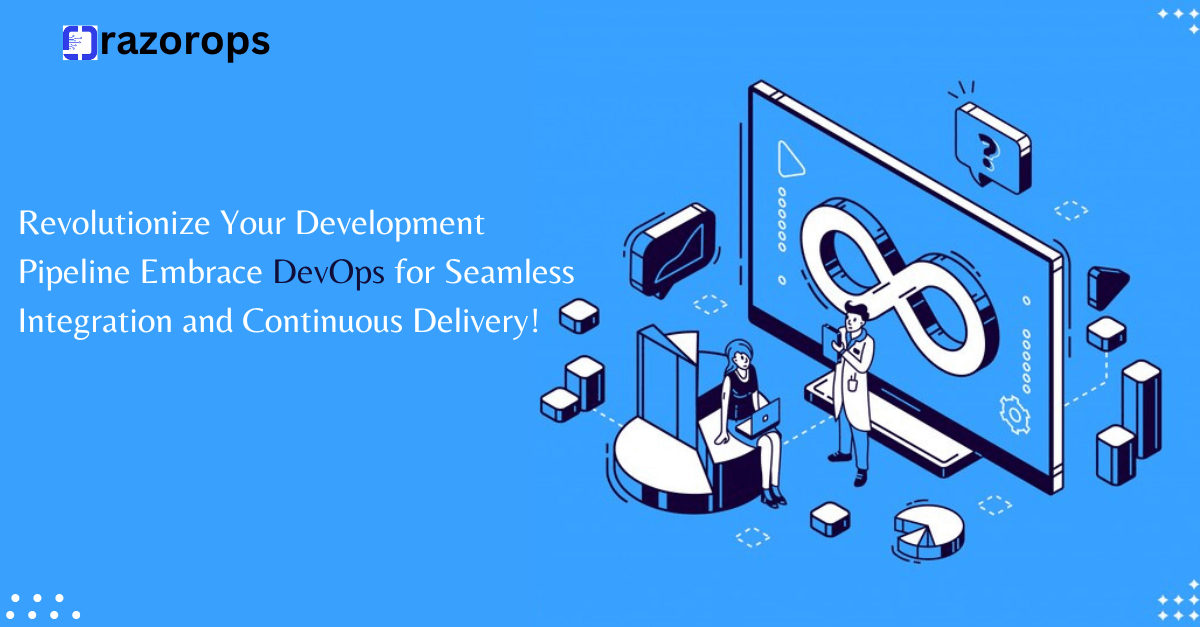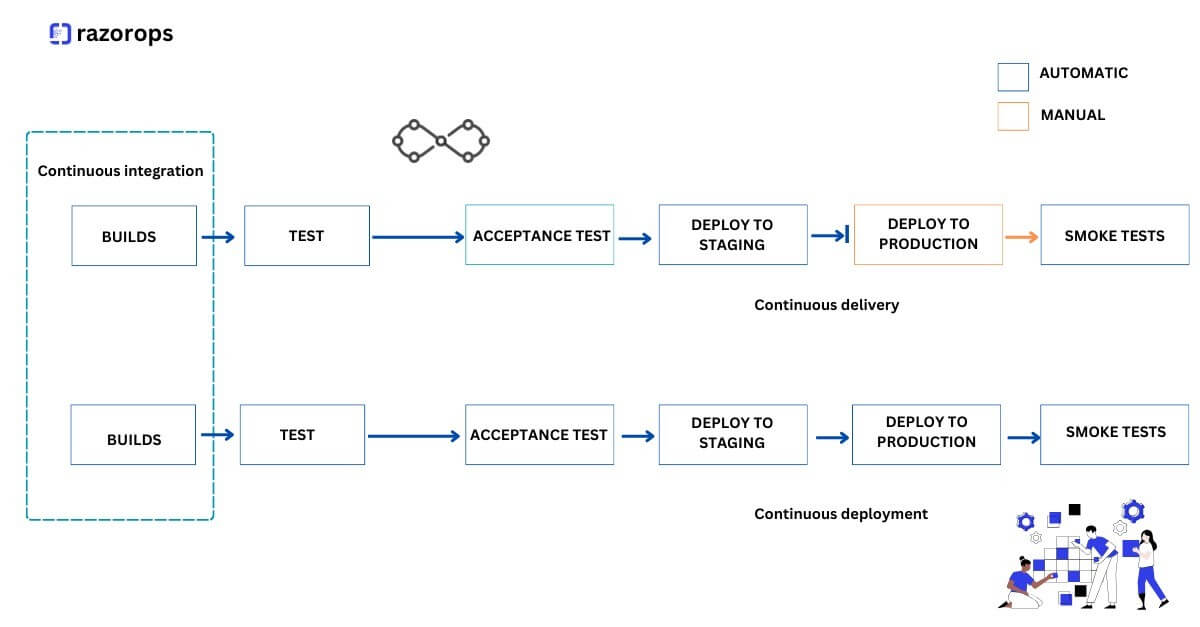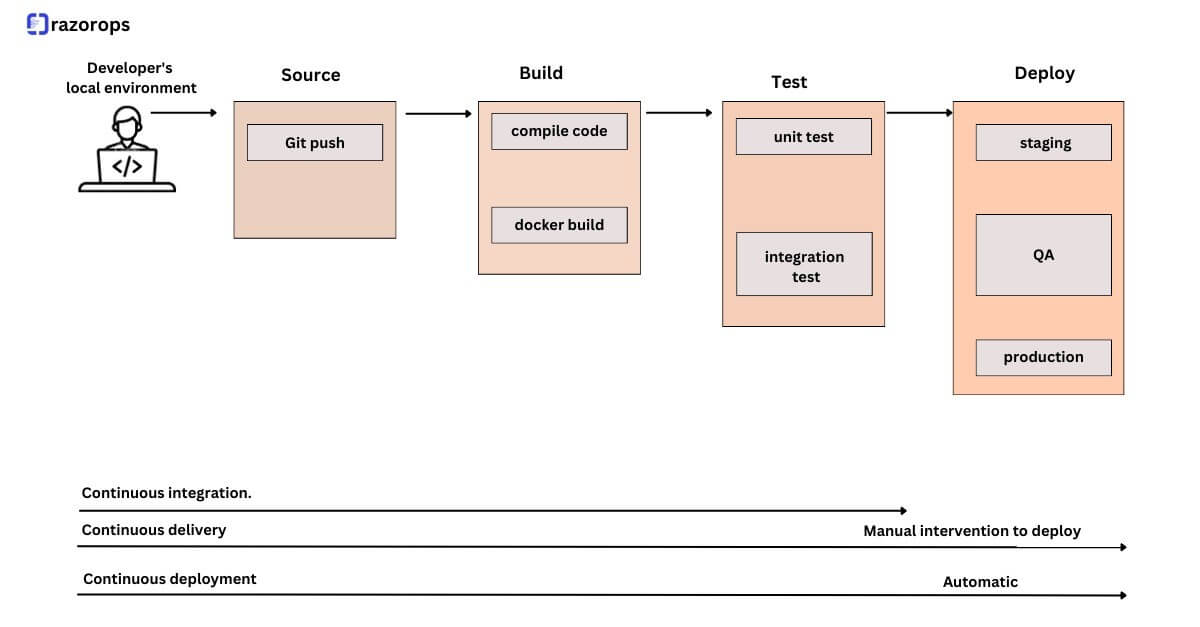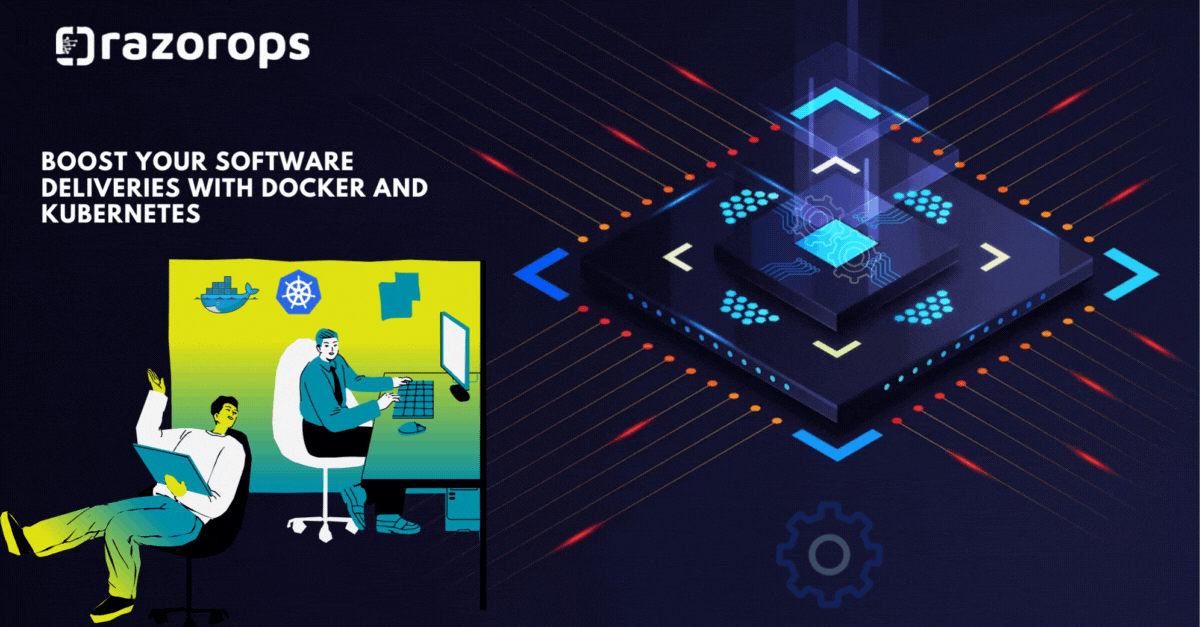What is Continuous Integration (CI) - Best Practices, Benefits of CI, Tools
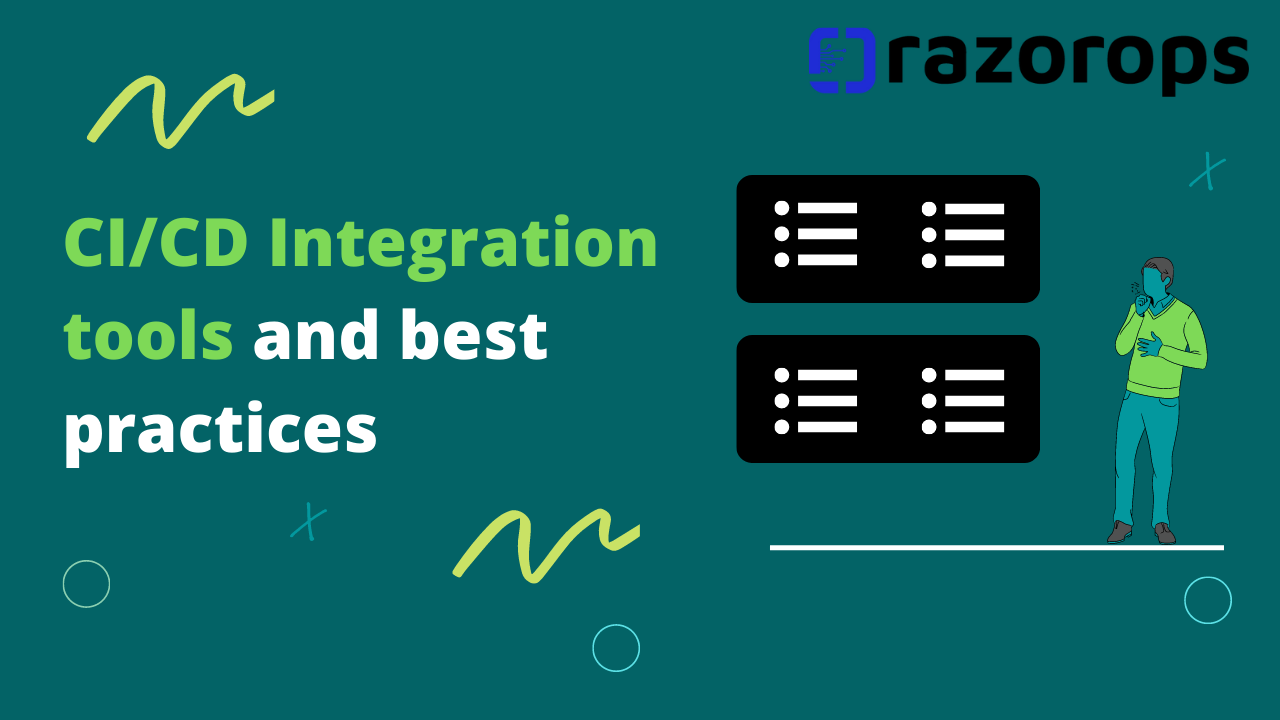
Continuous integration (CI) is a development practice where development teams can make small, frequent changes to code. With an automated build which verified the code each time developers verify their changes into the version control repository. Which helps the development teams to detect any defect in an early stage. Continuous integration is the first part of CI/CD, which enables the development team to release the code changes gradually to production quickly and regularly.
CI practices
Continuous Integration helps to increase Software Quality.
Here are the best practices of CI
- Run parallel test: You can run multiple test parallely
- Commit code to deployment any time: Avoid long merge time and deploy the code quicker .
- Track your metrics:Always keep track of your build time(queue time and maintain)
- Maintain a code:Always run scheduled workflows to detect versions of your libraries and upgrade them in time.
- Optimize pipeline speed: A faster CI pipeline enables a faster product feedback loop. Developers can rapidly push changes
Benefits of CI:
- Make changes faster: Smaller code changes allow teams to iterate the changes faster and are easier to manage.
- Find problems easily: Teams can find problems in code because all code is managed and tested in smaller batches.Bugs can be detected easier and faster as well, because if a bug surfaces.Automated testing helps to reduces the chances of human error and make sures that only code that meets the standards is deployed into production
- Reduce costs: With automated testing helps to frees up developers time by reducing manual tasks, and better code quality means fewer errors and less downtime
- Increases the code quality: It also enables continual feedback on changes, which helps in improving the product over time and code quality
- Happy customers: With continuous integration and testing the number of bugs/defects in the production will be minimal and helps the user to have a better experience
- Improved developer productivity: The benefit of continuous integration is that it increases the developer productivity. It frees developers from manual tasks so that they can work on increasing the code quality.
Let’s check: Continuous Integration vs Continuous delivery vs continuous delivery
Continuous integration helps developers to work together and make changes and automate the process.Yet a reliable CI tool is important to the process.
Razorops is a CI/CD platform which helps to be 100% operational on a technical level so we can focus on delivering the best product in a short amount of time.With Razorops,there will be very little overhead and it helps them to focus on what matters.
Razorops integrates easily with Gitlab, Github and bitbucket. It is easy to set up a pipeline. Razorops is very flexible to use and the Ci process scales automatically without any queue time.We recommend you to choose the CI tool which helps you to increase the overall production.
Conclusion:
Having a continuous integration helps teams to speed up the development process while increasing the code quality.In the end, It is important to understand the best practices and tools for CI that might help you to prove your process.



